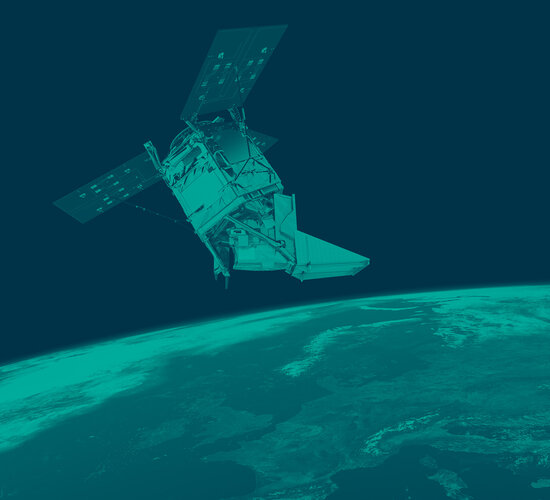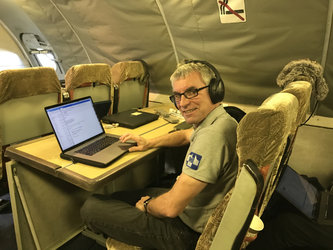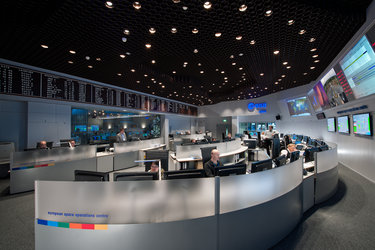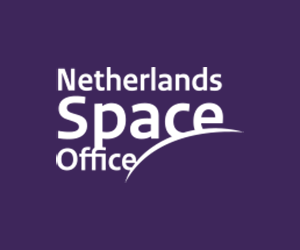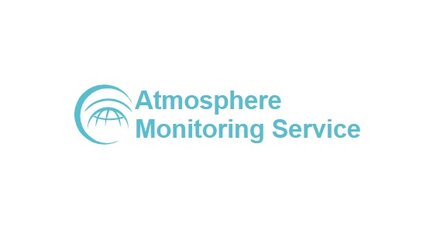Kevin McMullan: Project Manager
ESA’s Kevin McMullan heads the team that is responsible for taking the Copernicus Sentinel-5P satellite from the drawing board and into orbit. In an interview, Kevin talks about what it takes to get this first Copernicus atmospheric mission built and ready for launch.

Kevin McMullan, an Irish national, graduated with a BE (Hons) in Electrical Engineering from University College, Cork, Ireland, in 1973. Over the following 10 years he worked as a microwave engineer at the Plessey Radar Research Centre specialising in microwave radiometry and millimetre-wave imaging.
He joined ESA in 1983 as calibration engineer for the radar altimeter on ERS-1 and subsequently worked on the radar altimeter and microwave radiometer on ERS-2. He was the communications payload manager for the suite of Meteosat Second Generation satellites and payload manager for the Soil Moisture and Ocean Salinity Earth Explorer mission before being appointed project manager for Sentinel-5 Precursor.
Kevin McMullan: What does being the Sentinel-5P project manager involve?
ESA
The Sentinel-5P project manager is responsible for the overall design and development of the satellite, the basic ground segment, launcher procurement and in-orbit commissioning. Developing the Sentinel-5P mission has involved working with a number of partners for various elements. For example, since the Tropomi instrument was funded jointly by ESA and the Netherlands Space Office and developed by Airbus Defence and Space NL, we worked in close cooperation with our partners here in the Netherlands. The satellite’s Astrobus 250 platform is from Airbus Defence and Space UK and where the satellite was built. We also worked with the German Aerospace Center DLR as they developed the payload data ground segment, and Eurockot for the launcher in Plesetsk, and of course our colleagues at ESA’s European Space Operations Centre ESOC in Germany, and more.
Kevin McMullan: How big is the team at ESA?
ESA
Sentinel-5P is a low-cost mission so during the peak of development there were only 15 of us in the project team here at ESA’s European Space Research and Technology Centre in the Netherlands. This included three staff seconded from the Netherlands Space Office for the duration of the project.
ESA
In 2008, the GMES (now Copernicus) Atmosphere Service Implementation Group (GAS IG) originally recommended that the Sentinel-5 mission be developed as a dedicated payload on the MetOp Second Generation satellites. Since the first of these satellites is not going to be launch for a few years, the group recommended a small Sentinel-5 Precursor mission to ensure continuity of data between Sciamachy on Envisat and OMI on Aura and Sentinel-5 on MetOp-SG. Technical definition of Sentinel-5P took national developments into account, particularly those under the Netherlands national Tropomi programme. This led to a cooperative undertaking between ESA and the Netherlands for the provision of Tropomi for Sentinel-5P.
Kevin McMullan: What have been the main challenges in getting the satellite ready for its life in orbit?
ESA
The main challenge for the ESA–Netherlands Space Office team, which has the overall responsibility, has been the task of coordinating all the elements that make up the mission: the novel payload that was developed under a national programme, an existing satellite platform, the ground segment and launcher procurement.
Kevin McMullan: The Sentinels so far have been designed as two-satellite constellations, why is Sentinel-5P a single satellite mission?
ESA
As a gap-filler mission, one satellite is considered sufficient to fulfil this role. Moreover, thanks to Sentinel-5P’s 2600 km-wide swath, the whole planet can be covered every 24 hours. The other Sentinel missions, which carry different instruments, need to be two-satellite constellations to optimise their coverage.
Kevin McMullan: What are the most rewarding aspects of being the project manager?
ESA
The satisfaction of leading a small dedicated and experienced ESA–Netherlands Space Office team and realising this state-of-the-art low-cost mission.
Editor's note:
This is one in a series of interviews with some of the key people that are involved in the Copernicus Sentinel-5P mission. Please check back as further interviews will be added in over the coming weeks.


